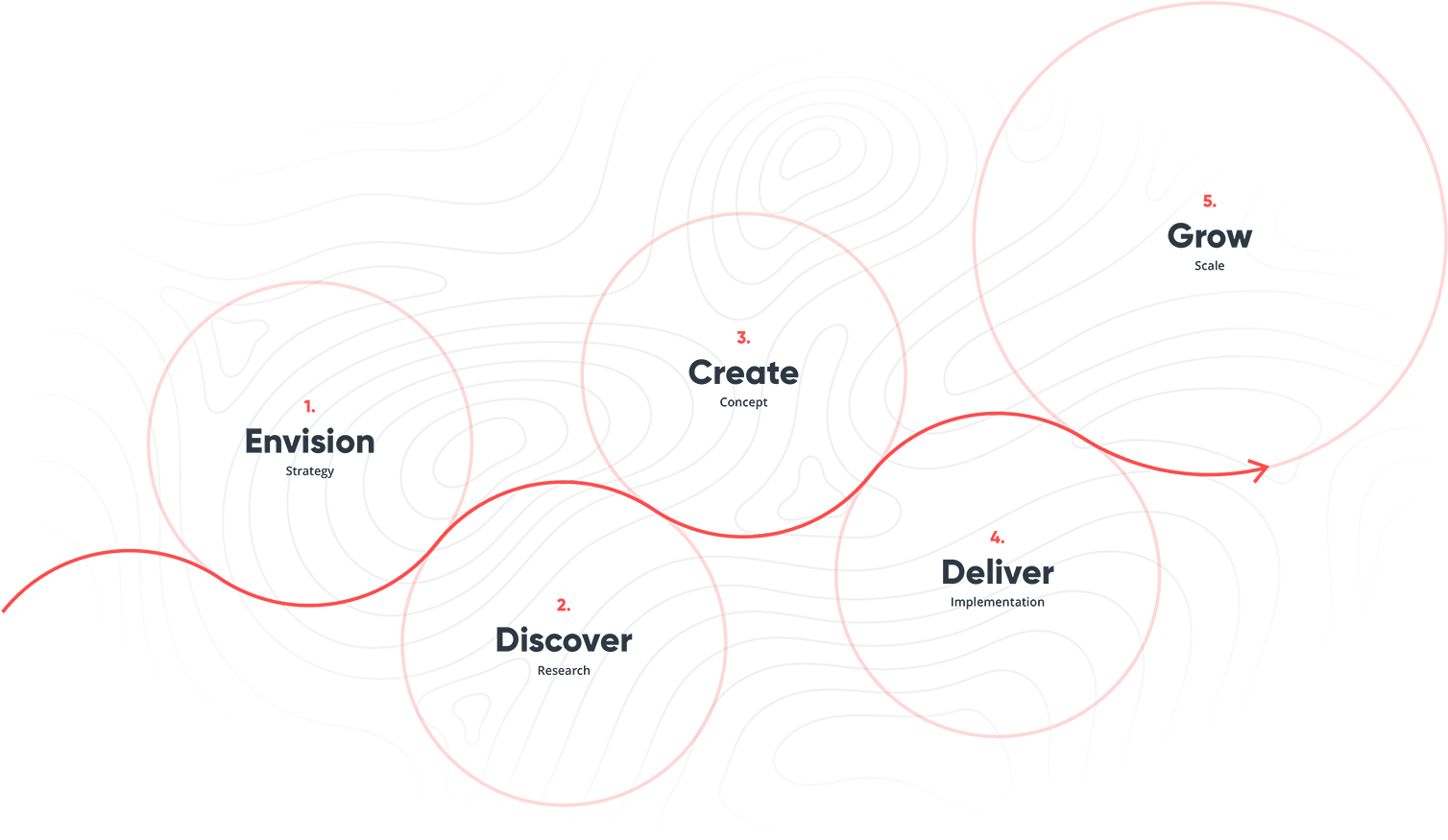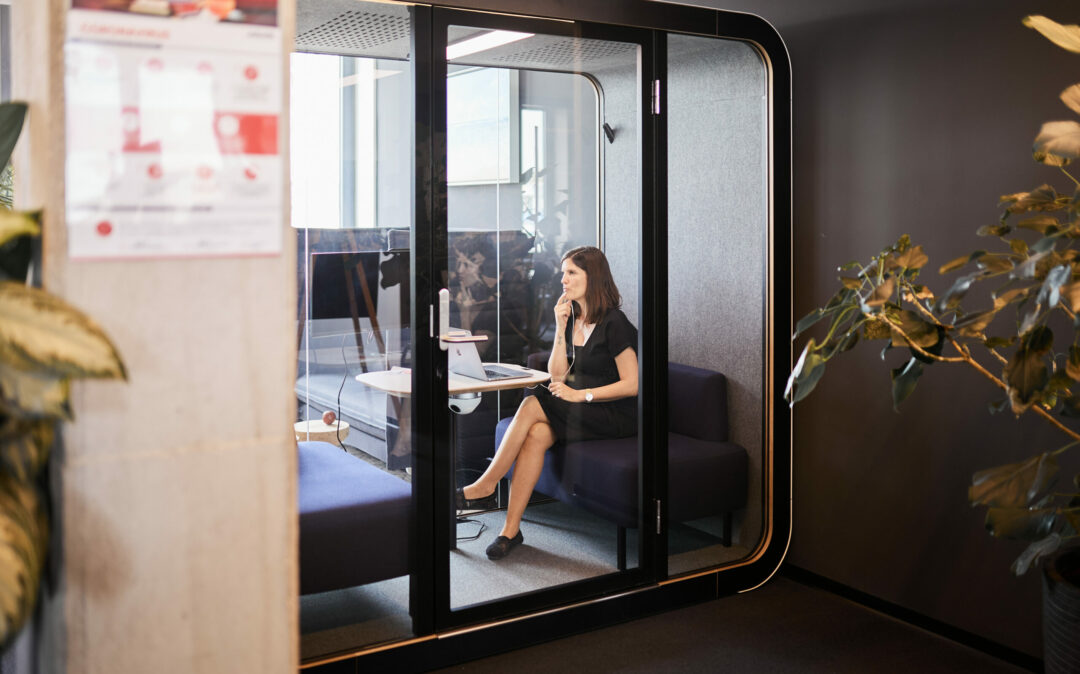Concept creation
With the personas in mind, we develop realistic, innovative ideas and solutions. It is important to us that these solutions offer measurable ease of use and thus true added value. The specific requirements are arranged in the form of user stories in a user story map, evaluated and prioritized.
Wireframes, design mock-ups, and prototypes are developed to make the solutions tangible and experienceable in a timely manner, enabling us to validate them through user testing. In line with the concept of “time machines”, they allow an early look into the future. This strengthens acceptance and trust in the chosen path and arouses enthusiasm – both among users and on the part of the company. Not least because the costs are manageable.











